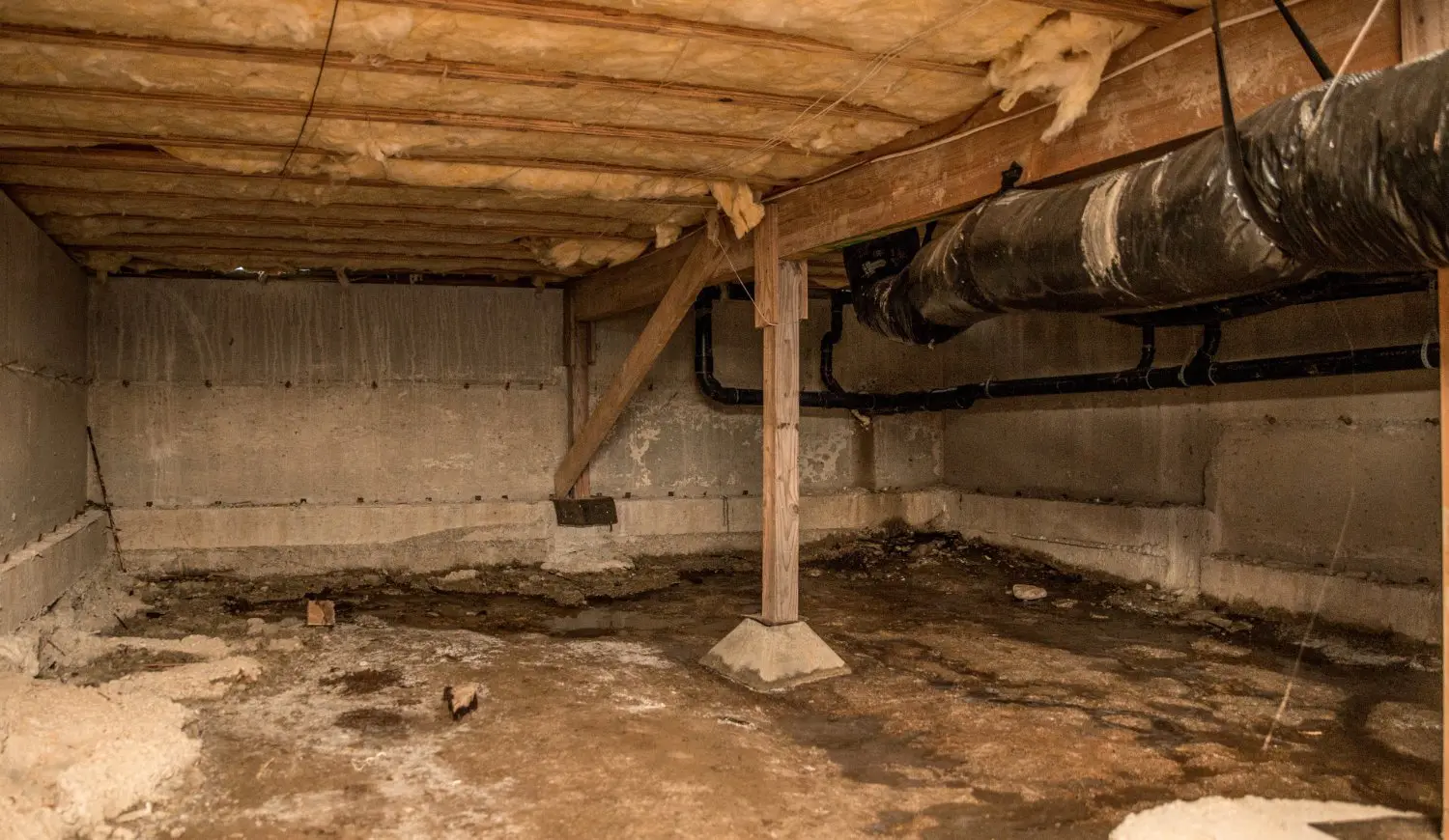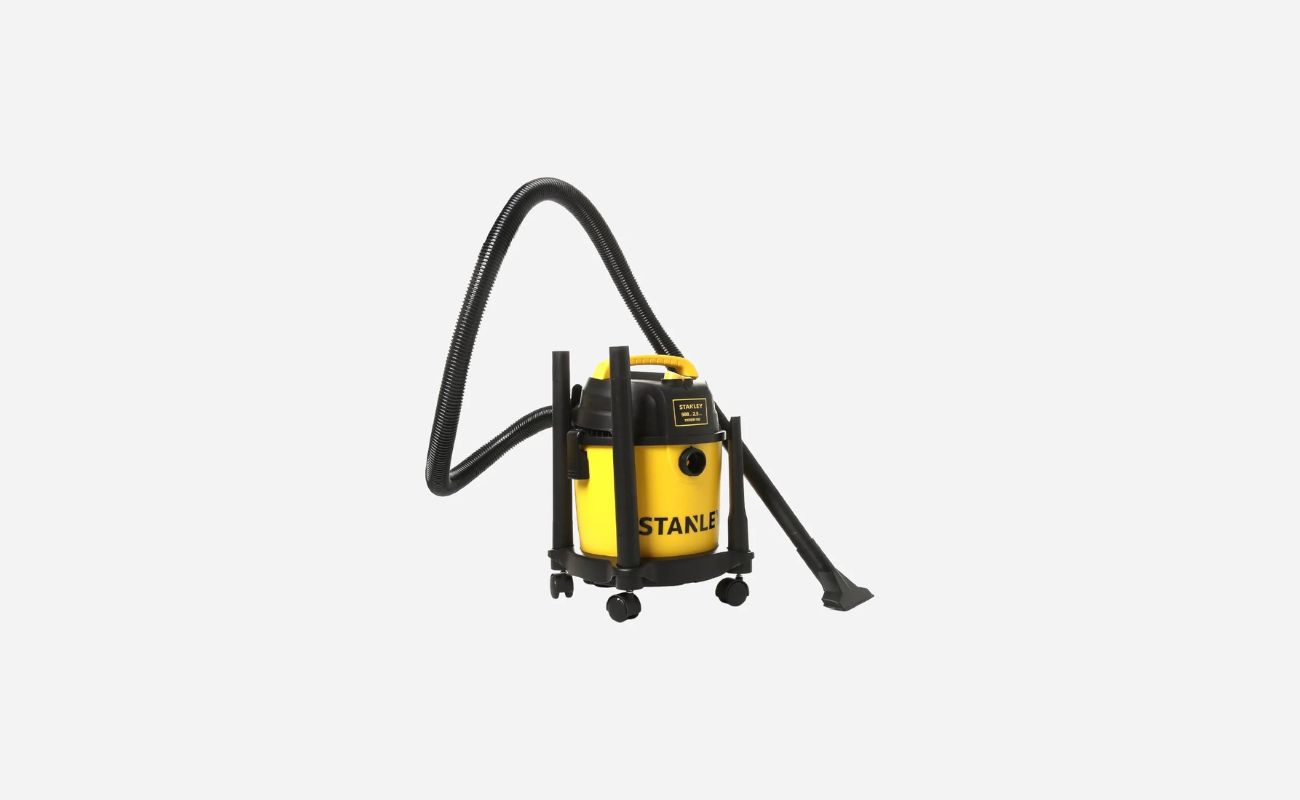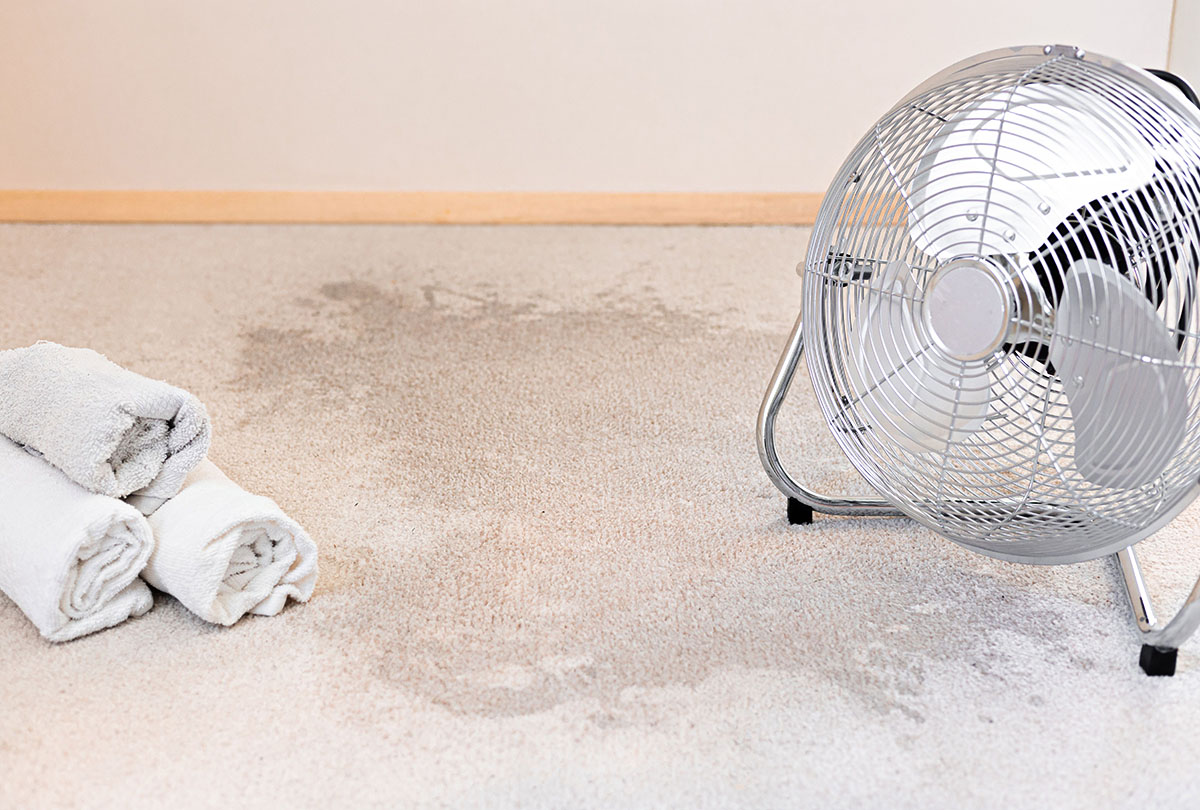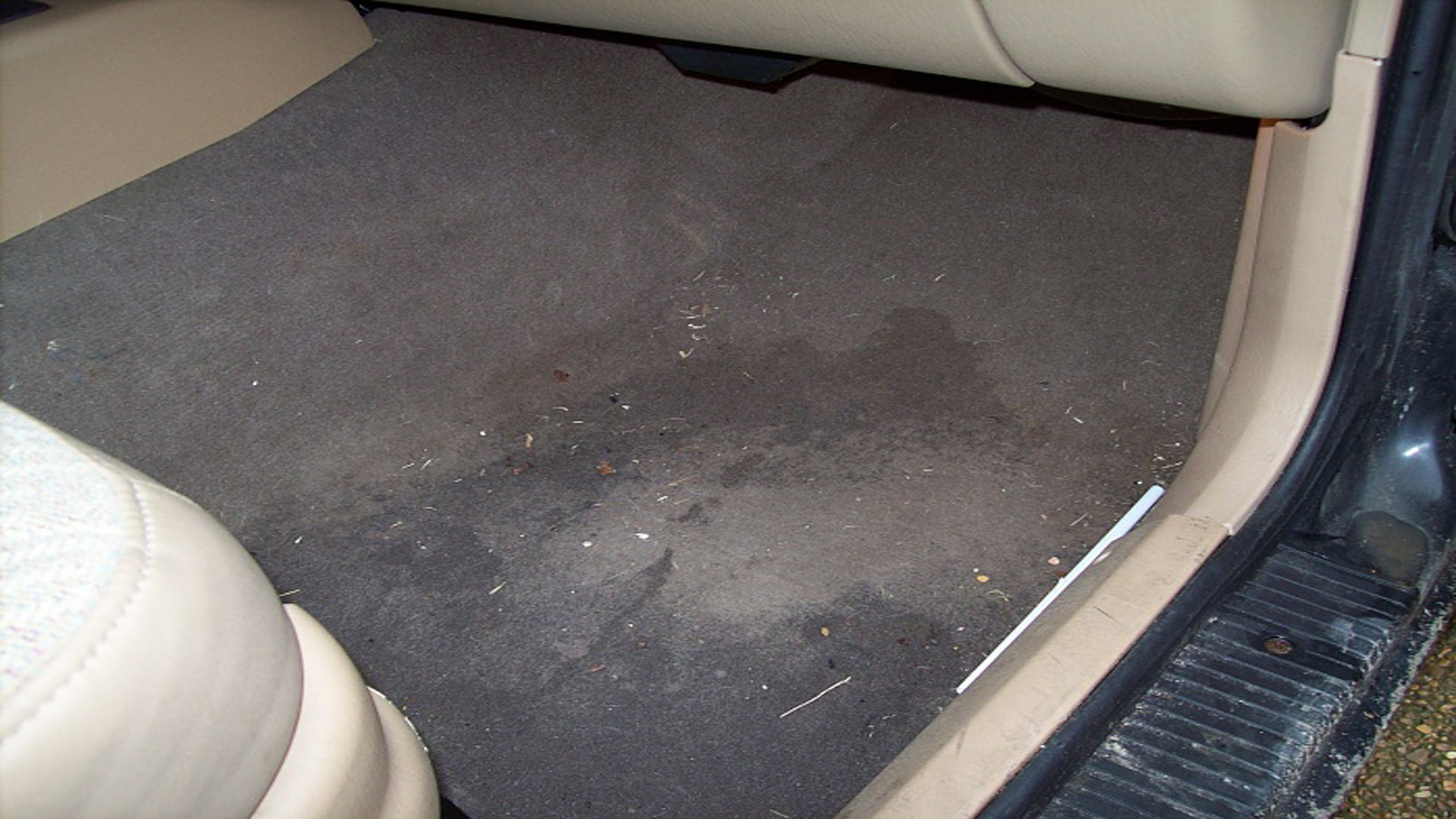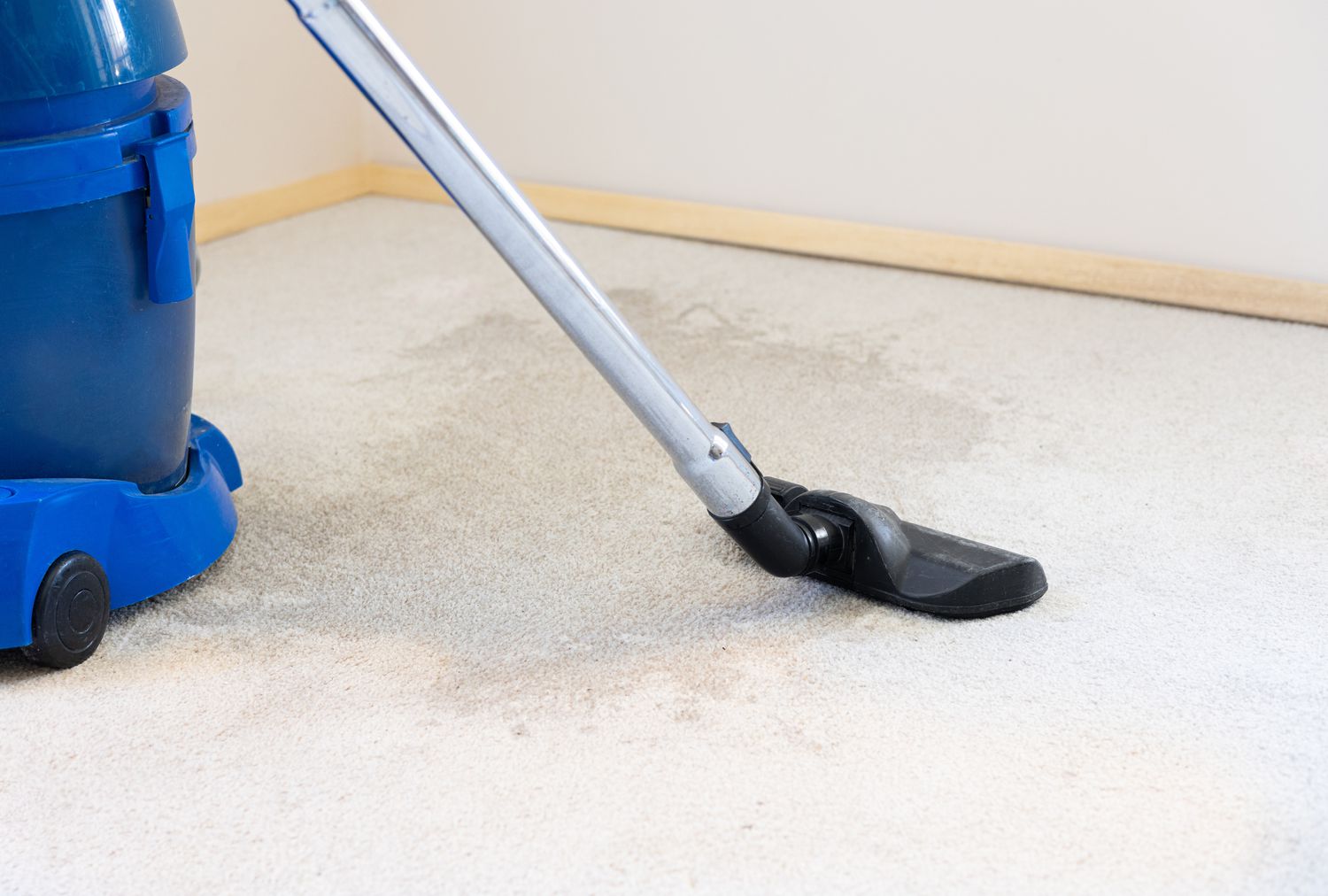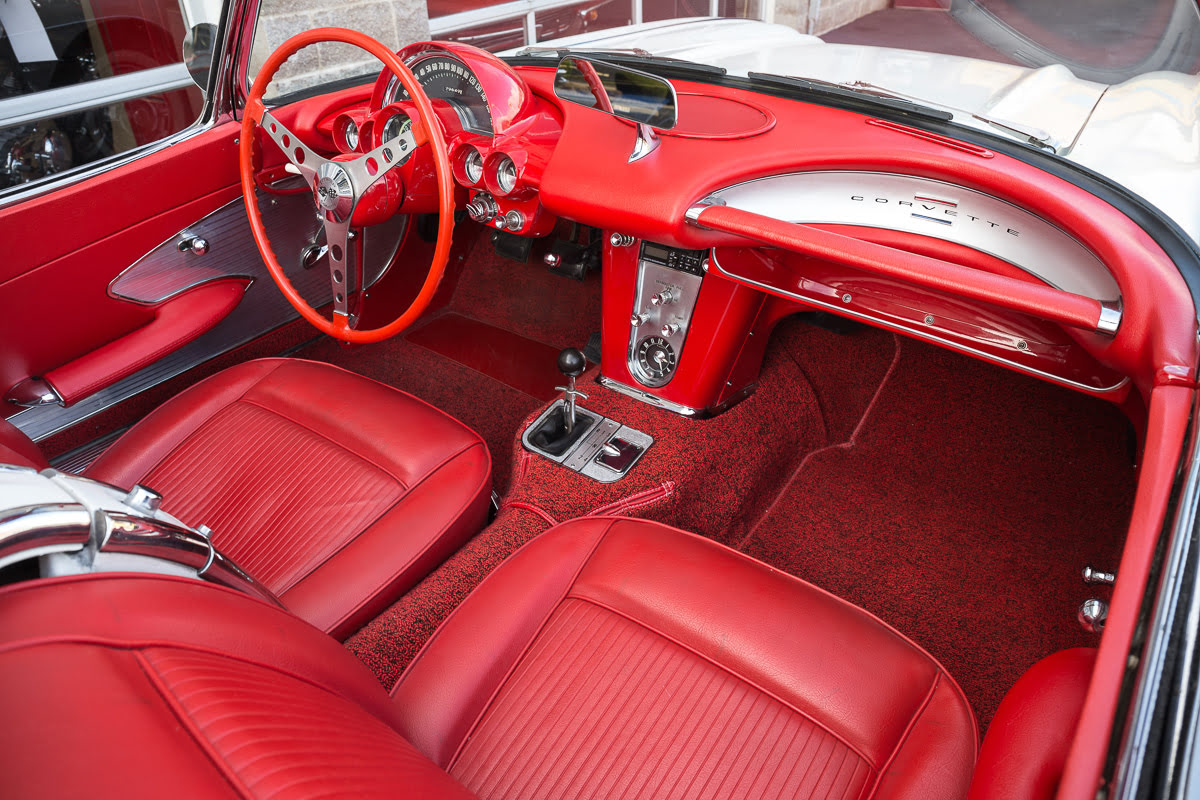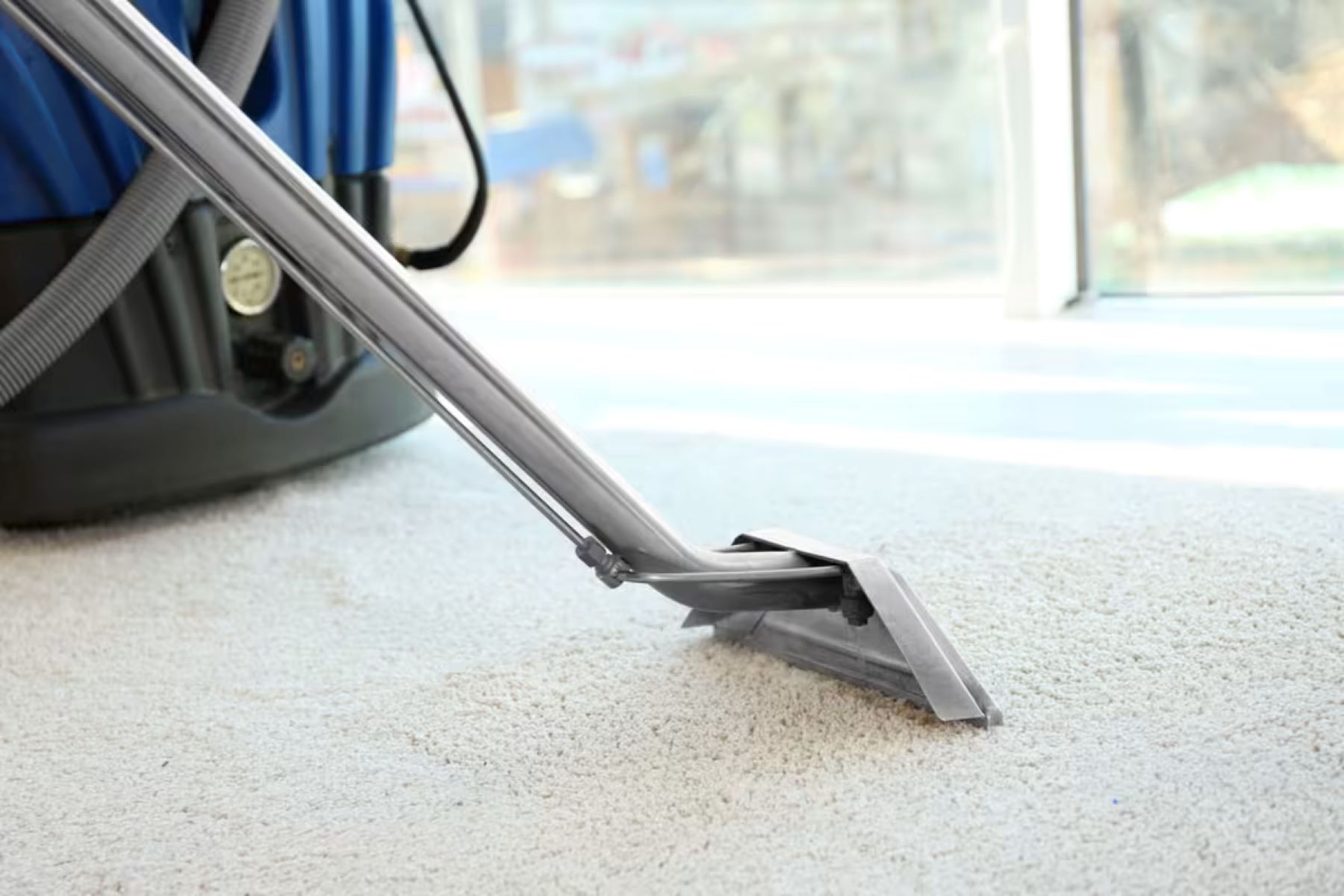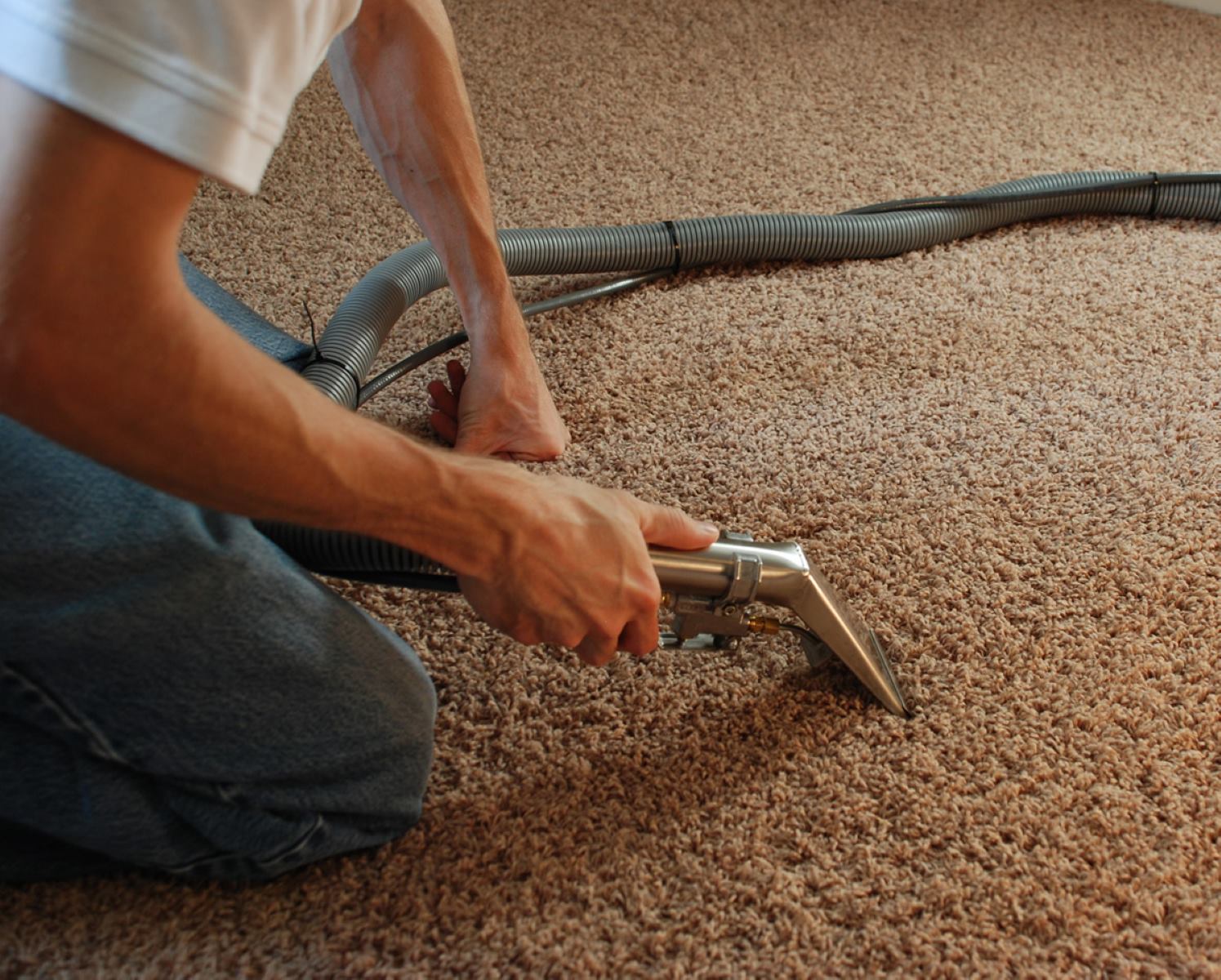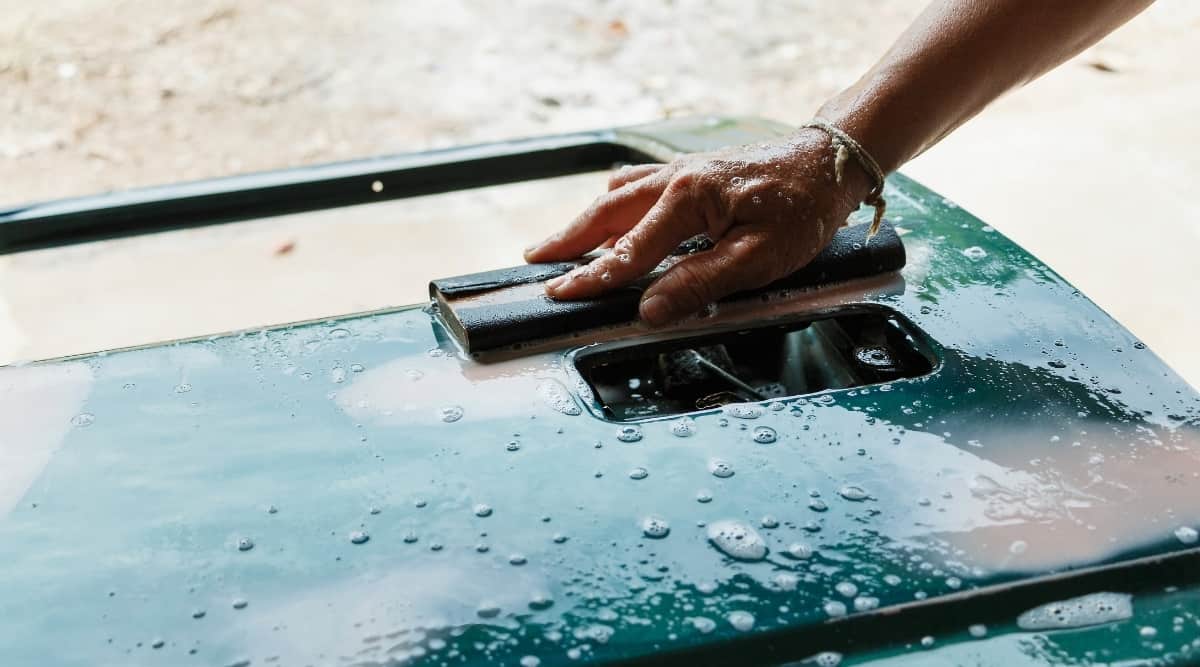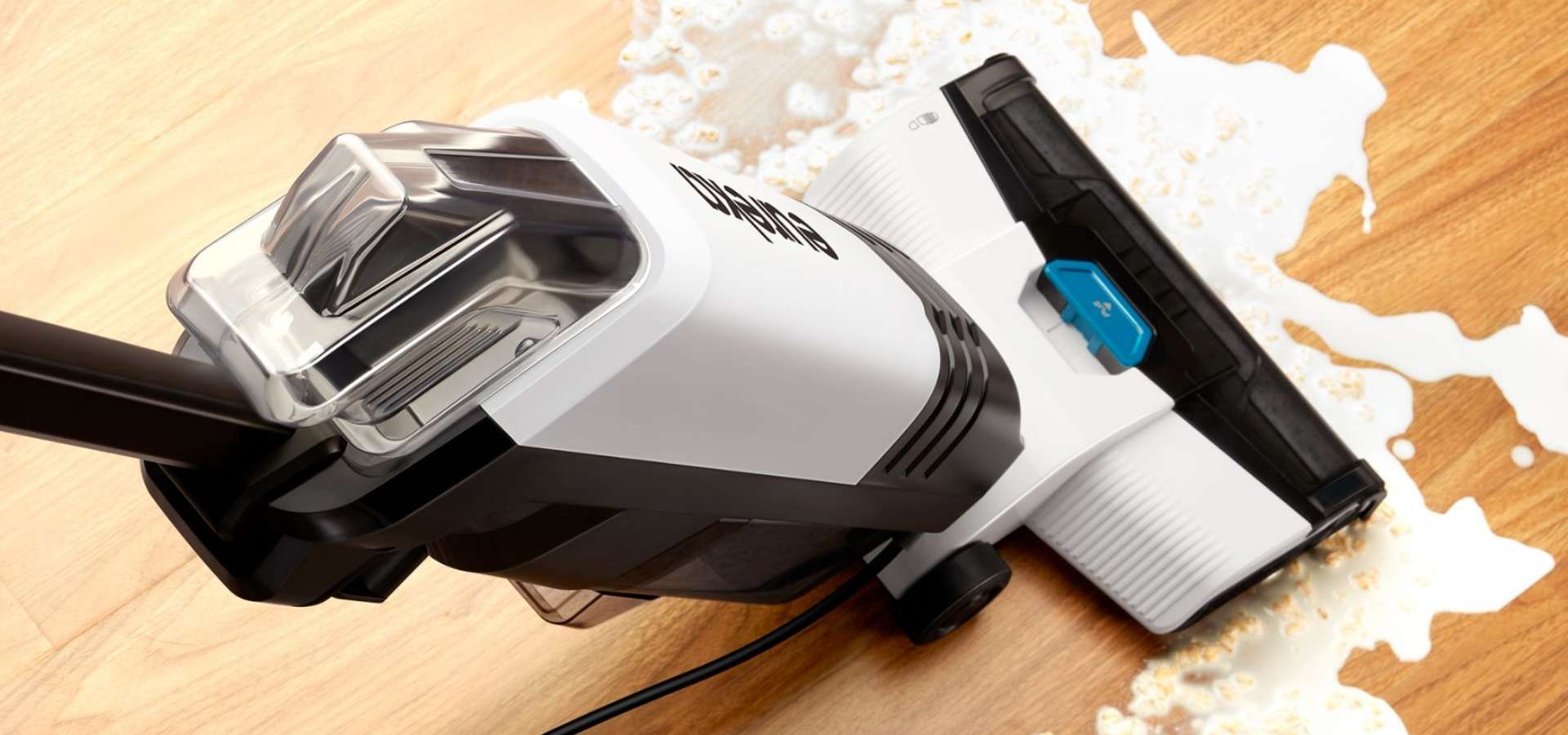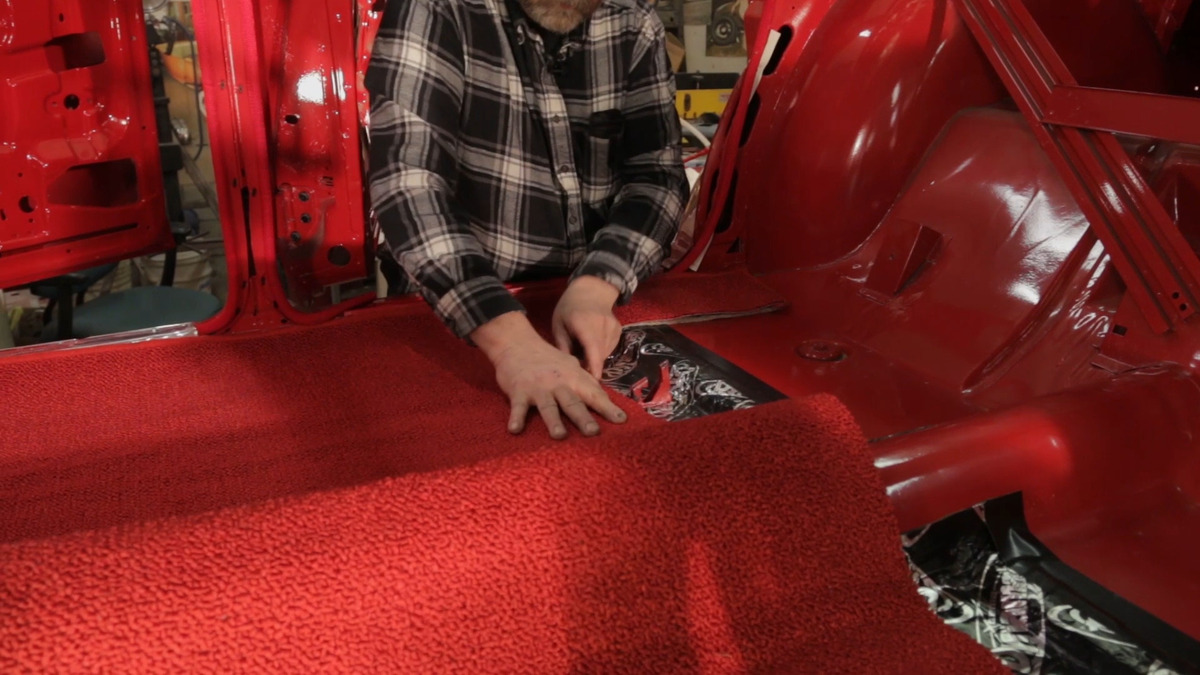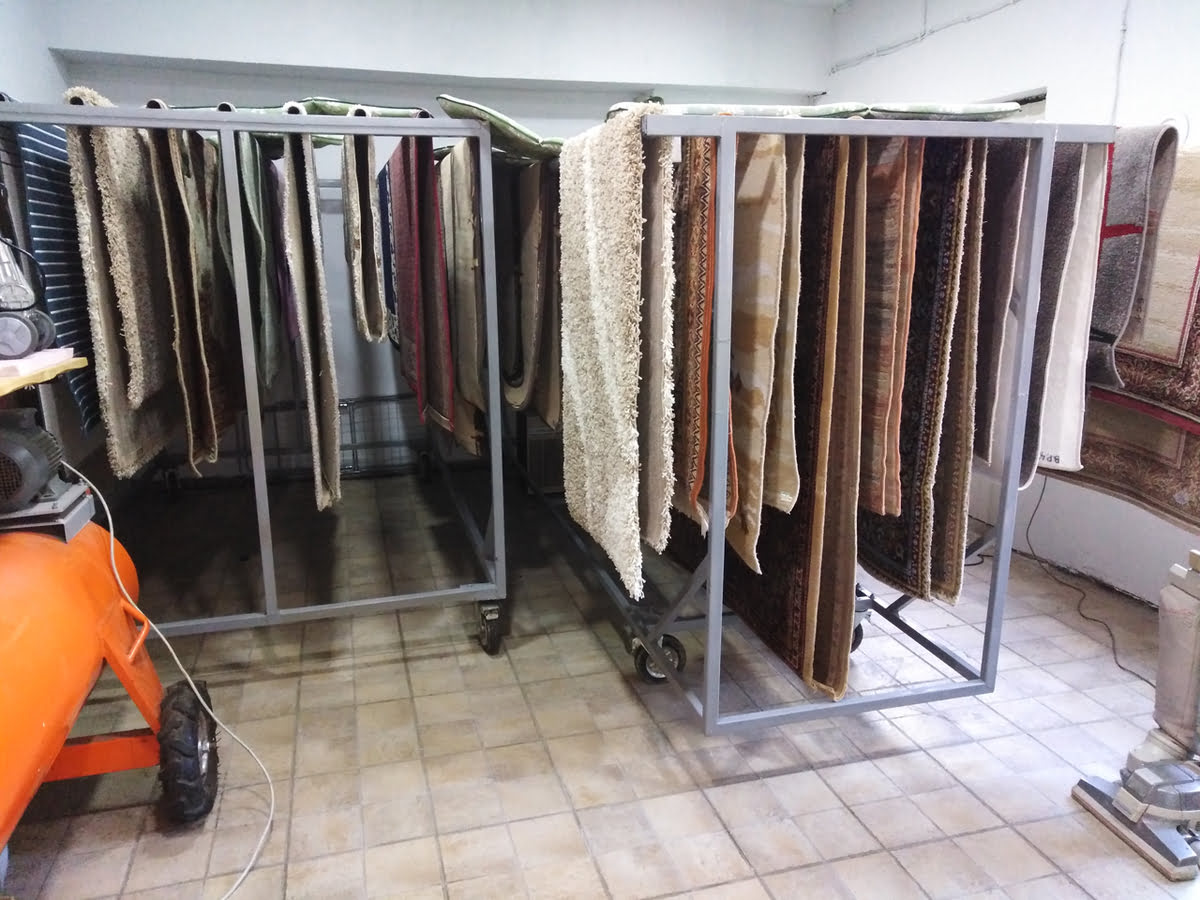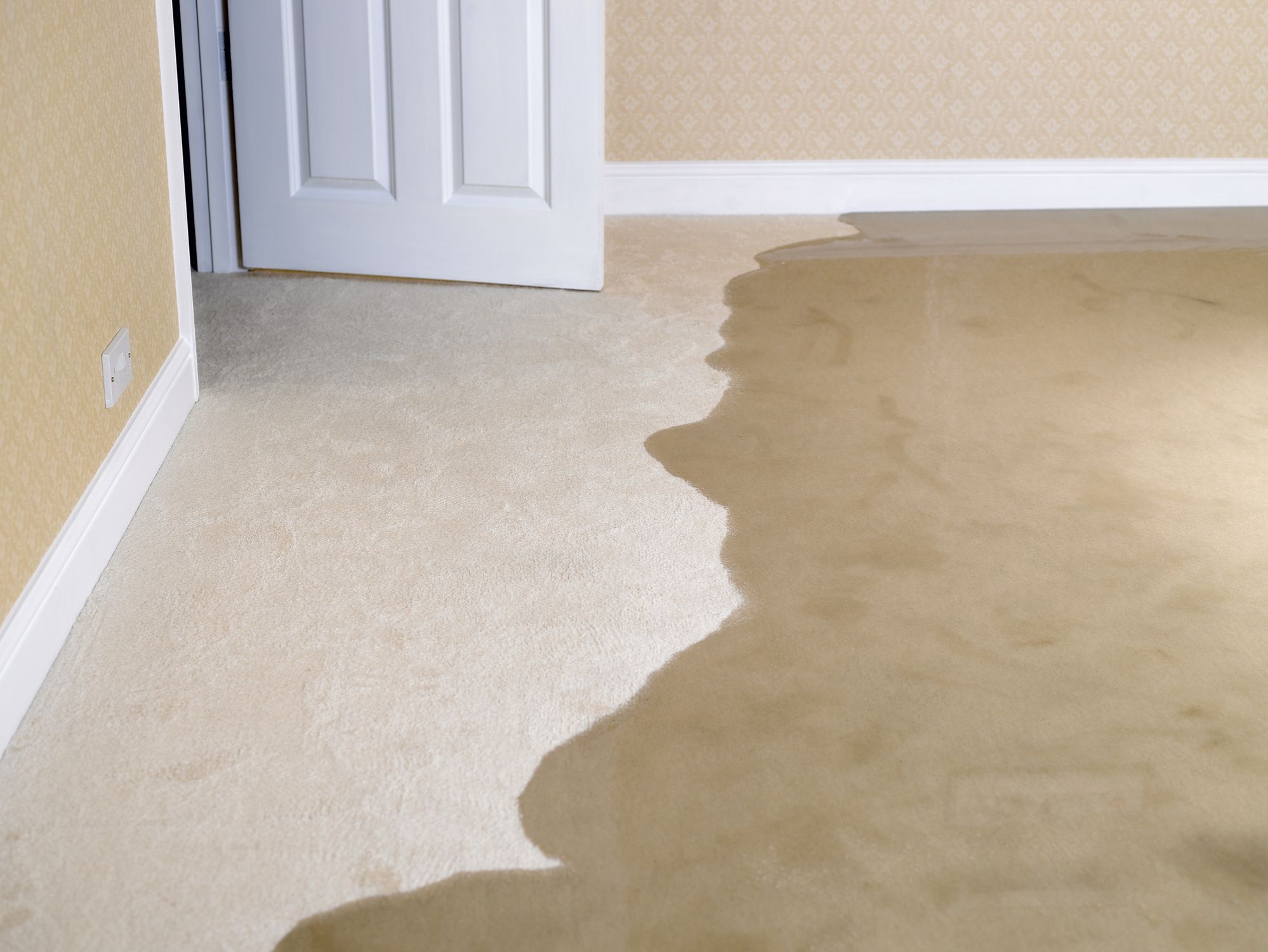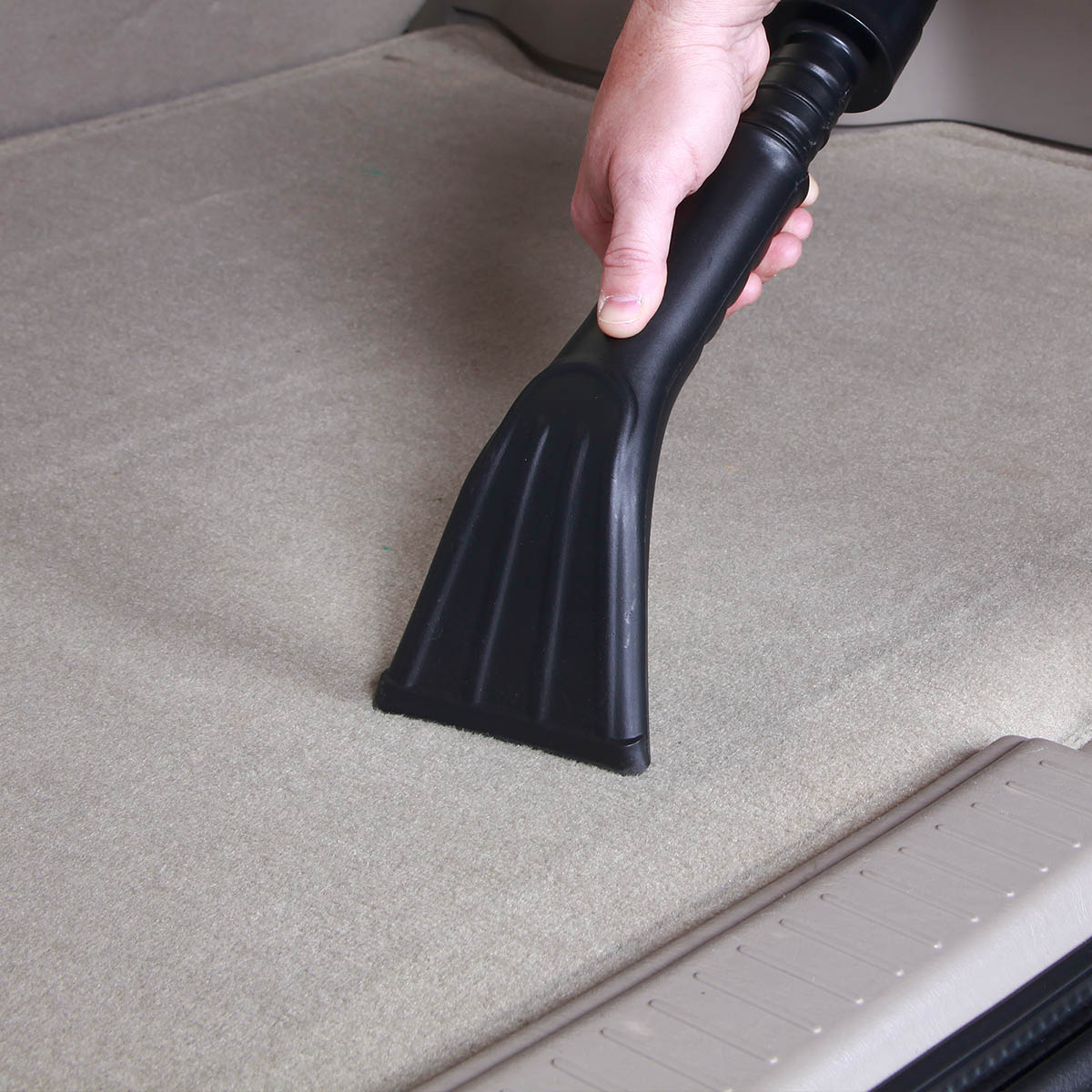

Articles
How To Dry A Wet Car Carpet
Modified: September 1, 2024
Learn the best techniques for drying a wet car carpet in this informative article. Discover effective tips and tricks to restore your car's interior to its pristine condition.
(Many of the links in this article redirect to a specific reviewed product. Your purchase of these products through affiliate links helps to generate commission for Storables.com, at no extra cost. Learn more)
Introduction
Welcome to our guide on how to dry a wet car carpet. We all know how frustrating it can be to have a damp and smelly car interior due to a wet carpet. Whether it’s from spilled drinks, a leaky window, or even rainwater entering the vehicle, dealing with a wet car carpet is something most car owners have encountered at some point.
Not only can a wet car carpet lead to unpleasant odors and mold growth, but it can also cause damage to the car’s electrical components and upholstery if not properly addressed. That’s why it’s crucial to take immediate action to dry a wet car carpet to prevent further problems.
In this article, we’ll walk you through a step-by-step process to effectively dry a wet car carpet, so you can restore your car’s interior to its dry and fresh condition. With our helpful tips and guidance, you’ll be able to tackle this issue and get back to enjoying a comfortable and clean driving experience.
Before we dive into the steps, it’s important to note that time is of the essence when it comes to drying a wet car carpet. The longer the carpet remains wet, the higher the chances of mold and mildew growth. So, let’s get started on restoring your car’s carpet to its pre-wet state.
Key Takeaways:
- Promptly removing excess water, using a wet-dry vacuum, and applying baking soda or carpet cleaner can effectively dry a wet car carpet and prevent mold and odor buildup.
- Implementing preventive measures such as fixing leaks, using car mats, and keeping the interior well-ventilated can help avoid future instances of carpet wetness and maintain a clean driving environment.
Read more: How To Dry Wet Carpet
Step 1: Remove Excess Water
The first step in drying a wet car carpet is to remove as much excess water as possible. The presence of excess water can prolong the drying process and potentially lead to further damage. Here’s how you can effectively remove the excess water:
- Use towels or absorbent materials: Start by blotting the wet area with clean towels or absorbent materials such as microfiber cloths or paper towels. Press firmly to absorb as much water as you can. Avoid rubbing or scrubbing, as this can push the water deeper into the carpet fibers.
- Utilize a wet-dry vacuum: If you have access to a wet-dry vacuum cleaner, it can be a handy tool for removing larger amounts of water. Simply use the vacuum’s hose attachment to suction out the water from the carpet. Be sure to follow the manufacturer’s instructions for proper usage.
- Remove the floor mats: If your car has floor mats, take them out and dry them separately. Shake off any excess water or dirt and place them in a well-ventilated area to dry. This will help prevent moisture from seeping back into the carpet.
Remember, the goal is to eliminate as much water as possible during this step. By doing so, you can minimize the overall drying time and prevent further damage.
Step 2: Use a Wet-Dry Vacuum
Once you’ve removed as much excess water as possible, it’s time to bring out a wet-dry vacuum cleaner. This powerful tool will help to extract water from deep within the carpet fibers and accelerate the drying process.
Follow these steps to effectively use a wet-dry vacuum:
- Prepare the vacuum: Attach the appropriate attachment nozzle for cleaning upholstery or a brush attachment to the vacuum cleaner. Make sure the vacuum is set to the wet mode.
- Vacuum the carpet: Start by vacuuming the damp areas of the carpet, focusing on small sections at a time. Move the vacuum in a back-and-forth motion to ensure thorough suctioning. Pay extra attention to areas that are heavily saturated with water.
- Empty the vacuum: As you vacuum, the vacuum cleaner’s tank will fill up with water. Empty it periodically to prevent it from overflowing and losing suction power.
- Repeat the process: Continue vacuuming the carpet until no more water is being extracted and the carpet feels significantly drier to the touch. It may take multiple passes to remove all the moisture, especially from thicker carpets.
Using a wet-dry vacuum not only helps to extract water but can also remove dirt and debris that may have accumulated in the carpet. This step is crucial in preventing mold and mildew growth and restoring the carpet to its original condition.
Step 3: Apply Baking Soda or Carpet Cleaner
Now that the excess water has been removed, it’s time to tackle any remaining moisture and odors that may be trapped in the car carpet. This step involves using either baking soda or a carpet cleaner solution to deodorize and eliminate any lingering smells.
Here’s how you can apply baking soda or carpet cleaner to effectively freshen up the wet car carpet:
- Baking soda: Sprinkle a generous amount of baking soda over the damp areas of the carpet. Use your hands or a soft brush to gently work the baking soda into the fibers. Let it sit for at least 30 minutes to absorb any odors and moisture.
- Carpet cleaner: If you prefer to use a carpet cleaner, make sure to choose a product specifically designed for use on car interiors. Follow the instructions on the cleaner’s packaging for dilution ratios and application techniques.
- Spot test: Before applying the carpet cleaner or baking soda to the entire carpet, it’s essential to spot test a small, inconspicuous area to ensure it doesn’t cause any discoloration or damage to the carpet fibers.
- Work the cleaner in: Use a soft brush or sponge to gently work the carpet cleaner solution into the carpet fibers. Pay close attention to stained or heavily soiled areas. Allow the cleaner to penetrate the carpet for the recommended amount of time specified on the product label.
Both baking soda and carpet cleaners are effective at absorbing moisture and neutralizing odors. They can help eliminate any musty or unpleasant smells that may have developed due to the wet carpet. After completing this step, the carpet will be fresher and more pleasant to be around.
Step 4: Dab with Clean Towels
After applying baking soda or a carpet cleaner to the wet car carpet, it’s time to further remove any excess moisture and cleaning residue. This step involves dabbing the carpet with clean towels to absorb any remaining moisture.
Follow these steps to effectively dab the carpet with clean towels:
- Get clean towels: Prepare several clean towels or microfiber cloths to use for this step. Make sure they are dry and absorbent.
- Dab the carpet: Gently press the towel onto the damp areas of the carpet and apply slight pressure. Do not rub or scrub the carpet, as this may cause the cleaning solution to spread or push the moisture deeper into the fibers. Instead, use a patting or dabbing motion to absorb the moisture.
- Rotate the towels: As the towels become saturated with moisture, switch to dry ones to continue absorbing the remaining moisture. Repeat this process until the towels come away relatively dry and the carpet feels noticeably drier.
- Air dry the towels: Hang the damp towels to air dry or place them in a well-ventilated area. Make sure they are completely dry before storing them away.
Dabbing the carpet with clean towels helps to further extract moisture, leaving the carpet as dry as possible. It’s an important step in preventing mold and mildew growth and ensuring the carpet is on its way to being fully dry and fresh.
Use a wet/dry vacuum to remove excess water from the car carpet. Then, sprinkle baking soda on the wet area to absorb moisture and eliminate odors. Finally, use a fan to help dry the carpet completely.
Read more: How To Get Wet Carpet Smell Out Of Car
Step 5: Utilize a Fan or Dehumidifier
Now that you’ve removed as much moisture as possible from the car carpet, it’s time to speed up the drying process using additional tools like a fan or dehumidifier. These devices help to circulate the air and remove excess humidity from the car interior, aiding in faster evaporation of the remaining moisture.
Follow these guidelines to effectively utilize a fan or dehumidifier:
- Position the fan or dehumidifier: Place a fan or dehumidifier near the damp area of the car carpet. Make sure the device is safely positioned and won’t interfere with the driving area or passengers.
- Adjust fan settings: If using a fan, set it to its highest speed setting to maximize air circulation. Angle the fan to blow directly towards the wet carpet, ensuring proper airflow.
- Turn on the dehumidifier: If using a dehumidifier, set it to the appropriate settings based on the humidity level. Refer to the manufacturer’s instructions for specific guidelines on usage.
- Keep windows or doors open (if possible): If weather conditions permit, crack open a window or leave the car doors slightly ajar to allow fresh air to circulate. This helps to remove moisture from the car interior more effectively.
- Run the fan or dehumidifier: Allow the fan or dehumidifier to run for several hours or overnight, depending on the extent of the carpet’s dampness. Check the carpet periodically to assess its dryness.
Using a fan or dehumidifier helps to expedite the drying process, ensuring that the car carpet is thoroughly dry and less prone to mold or mildew growth. It’s an effective way to eliminate excess moisture and bring back the freshness to your car’s interior.
Step 6: Allow Sufficient Drying Time
Even with the use of towels, a wet-dry vacuum, and additional tools like a fan or dehumidifier, it’s important to allow sufficient drying time for the car carpet. Drying time can vary depending on the carpet’s thickness, the extent of water saturation, and environmental factors such as temperature and humidity. Patience is key during this step to ensure the carpet is completely dry and free from any lingering moisture.
Here are some factors to consider for allowing sufficient drying time:
- Avoid rushing the process: It’s tempting to speed up the drying process by using excessive heat or leaving the car in direct sunlight. However, high heat can potentially damage the carpet fibers and sunlight may fade the color of the carpet. It’s best to stick to natural air drying methods.
- Leave the car parked in a well-ventilated area: If possible, park the car in an open area where there is good airflow to aid in the drying process. Avoid parking the car in a closed garage or under a tarp, as this can trap moisture and prolong drying time.
- Check the carpet’s dryness: Periodically touch the carpet to assess its dryness. It should feel dry to the touch with no lingering dampness or moisture. Avoid putting back any floor mats or reinstalling any removed items until the carpet is fully dry.
- Consider using moisture-absorbing products: To expedite the drying process, you can place moisture-absorbing products like silica gel packets or activated charcoal near the damp areas of the carpet. These products help to absorb the remaining moisture and reduce drying time.
Remember, allowing the car carpet sufficient drying time ensures that it is completely dry and reduces the risk of mold, mildew, and odor buildup. Rushing the process can lead to long-term issues, so it’s crucial to be patient and thorough during this step.
Step 7: Prevent Future Carpet Wetness
Now that you’ve successfully dried your car carpet, it’s essential to take preventive measures to avoid future instances of carpet wetness. By implementing these measures, you can protect your car’s interior and keep it dry and fresh. Here are some tips to prevent future carpet wetness:
- Be cautious with liquids: Avoid placing open containers of liquids in the car, especially without secure lids. Spills can happen easily and lead to wet carpets. Use spill-proof containers whenever possible.
- Fix leaks promptly: If you notice any signs of water leaks, such as moisture or dampness in the car, address them promptly. Check for leaks around windows, sunroofs, and doors, and have them repaired as necessary.
- Keep windows closed during rain: When it’s raining, make sure all windows are completely closed to prevent water from entering the car interior. This is especially important if you park your car outside during rainy weather.
- Properly seal windows: If you frequently experience water leakage around the windows, consider using weatherstripping or window sealant to create a watertight seal.
- Use car mats and liners: Invest in high-quality car mats and liners to help protect the carpet from spills and water. These can easily be removed and cleaned, preventing the carpet from getting wet.
- Regularly check and clean drainage systems: Ensure that the drainage systems, such as sunroof drains and air conditioning condensation drains, are clear of debris and functioning properly. Clogged drains can lead to water accumulation in the car interior.
- Keep the car interior well-ventilated: Proper airflow helps prevent moisture buildup. Avoid leaving wet items or damp clothing in the car and use air conditioning or open windows to promote ventilation.
By following these preventive measures, you can significantly reduce the chances of dealing with a wet car carpet in the future. Regular maintenance and attention to potential sources of water entry will help preserve the cleanliness and dryness of your car’s interior.
Conclusion
Drying a wet car carpet may seem like a daunting task, but with the right techniques and tools, it can be effectively accomplished. By following the step-by-step process outlined in this guide, you can restore your car’s carpet to its dry, fresh, and odor-free state.
Remember to start by removing excess water using towels or a wet-dry vacuum. Then, apply baking soda or a carpet cleaner to eliminate odors and further absorb moisture. Afterward, dab the carpet with clean towels to remove any remaining moisture. Utilizing a fan or dehumidifier can help expedite the drying process, followed by allowing sufficient drying time to ensure the carpet is fully dry.
Taking preventive measures to avoid future carpet wetness is also crucial. Be cautious with liquids, fix leaks promptly, and ensure windows are properly sealed. Use car mats and liners to protect the carpet, regularly clean drainage systems, and keep the car interior well-ventilated.
By following these steps and adopting preventive measures, you can prevent the hassle and inconvenience of a wet car carpet in the future. Remember, prompt action and patience are key in addressing a wet car carpet to avoid further damage and maintain a clean and comfortable driving environment.
We hope this guide has provided you with the necessary knowledge and tools to effectively dry a wet car carpet. With these techniques, you can keep your car’s interior in top-notch condition and enjoy a pleasant driving experience.
Frequently Asked Questions about How To Dry A Wet Car Carpet
Was this page helpful?
At Storables.com, we guarantee accurate and reliable information. Our content, validated by Expert Board Contributors, is crafted following stringent Editorial Policies. We're committed to providing you with well-researched, expert-backed insights for all your informational needs.

